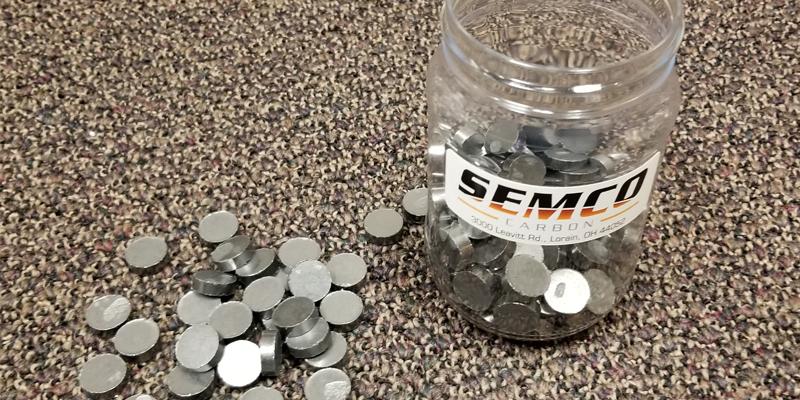
A Brief History of Graphite
In our graphite production business, we take little for granted. To deliver the best graphite solutions to our clients, we cannot cut corners in sourcing sound material, hiring and training knowledgeable employees, and investing in state-of-the-art machines. Doing these things right allows us to produce excellent graphite applications. If there’s one thing we do take for granted though, it’s graphite. That’s not to say we don’t study the material closely -- in fact, we’re dedicated to a deep understanding of what graphite is and how to best use it to meet our customers’ needs.
Working with graphite applications every day, we sometimes get the feeling that this eminently versatile material has always been around. How could people live without it? But the truth is, graphite has a (partially) discoverable history and it has not always been with us. When did people start using graphite? When was it discovered in nature? When did commercial graphite production start?
Possible Ancient Beginnings to 16th Century England
We know the Aztec used it. The Celts of western Europe were using it in their pottery around the time Socrates was alive. Ancient Egyptians may have even used it thousands of years ago, though we’re not certain how or why they were using it. It was certainly mined and used in Germany in the middle ages. All of these uses predate the common myth that graphite was discovered in England, at the Borrowdale deposit in the Lake District in the 16th century, where it was used to mark sheep. The find at Borrowdale, though, is historically significant. The graphite found at Borrowdale was of remarkable quality and was discovered to hold up in very extreme conditions. It was used to cast cannonballs and eventually gave rise to one of the most well-known graphite applications--the pencil. A pencil industry was birthed around Borrowdale to make use of the brittle, dark material, which was a better marker than traditional lead (and a good bit safer too).
Etymology: A Prominent Writing Material
But what about the history of the word “graphite”? According to the New World Encyclopedia, “graphite” was coined by Abraham Gottlb Werner in the late 18th century. The choice reflected the material’s most common use at the time, which was as a writing material. The Greek base “graph” of course is found in many English words (“autograph,” “lithograph,” “stenographer” etc), all having to do with recording something down on a surface. To this day, many people associate graphite mainly with pencils.
Broader Uses
Over time, graphite was discovered to have many other useful properties besides the ability to make markings on paper and sheep. Graphite solutions were discovered for many needs. It was found to conduct electricity, for instance, leading to its modern use in electrodes. In the 19th century, as the Industrial Revolution forged ahead in England and the U.S., graphite was found to be very slippery even when dry, and its use as an industrial lubricant soon followed. 19th century engineers and industrialists also exploited graphite’s refractory qualities -- it is not deformed or debased by high temperatures or pressures -- and put it to use in, among other things, crucibles.
Today there are many, many more graphite applications. Graphite production is an enormous worldwide industry, and the material finds itself more and more enmeshed in our daily lives, in an untold number of graphite applications.
